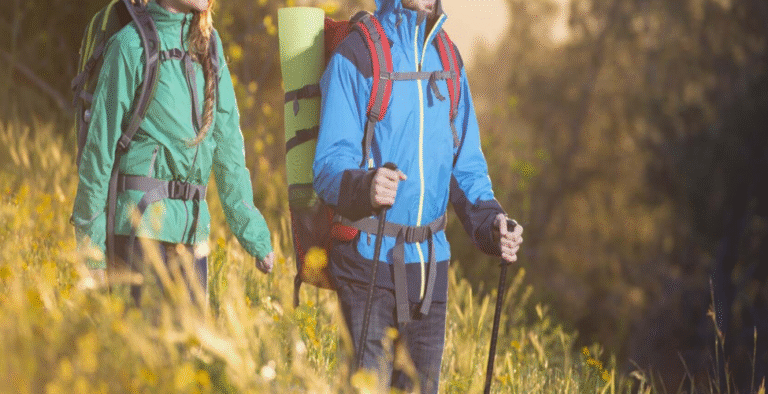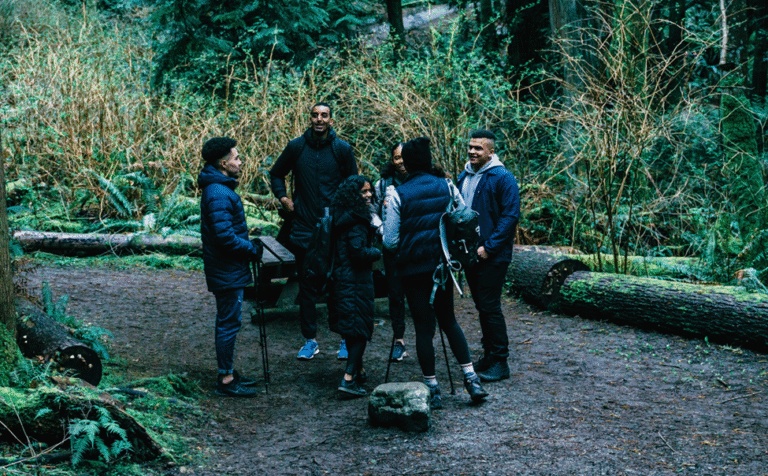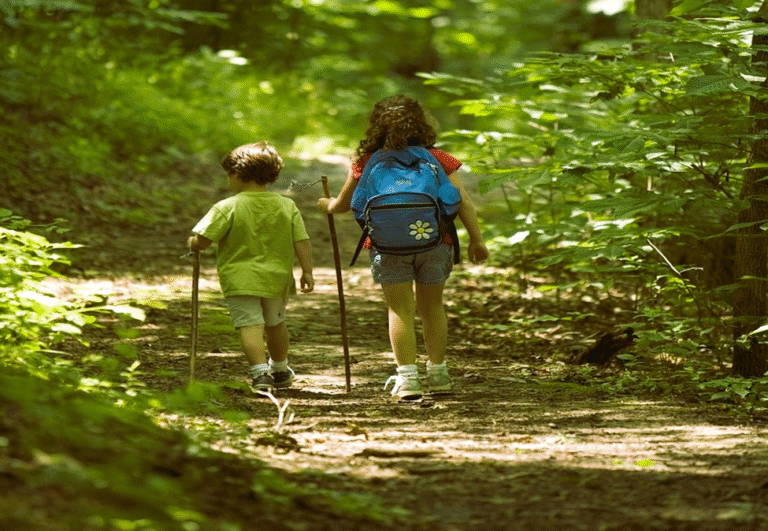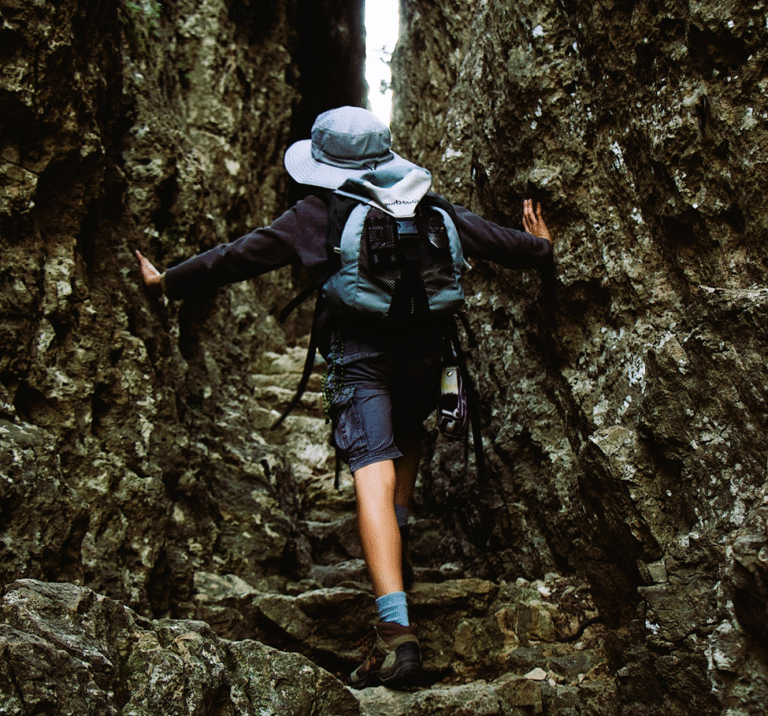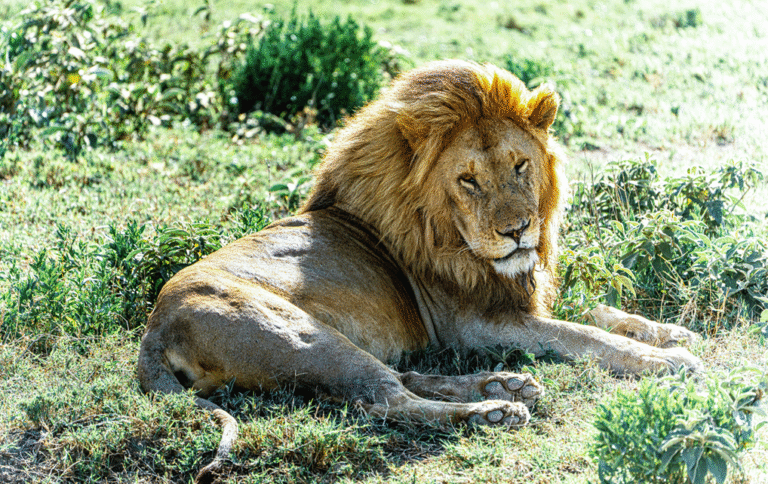
Kruger National Park is a wildlife enthusiast’s ideal destination. It spans over 20,000 square kilometers and is home to a diverse range of wildlife. Visitors from all over the world flock here for wonderful animal experiences.
The Big Five
Kruger National Park is famous for the Big Five animals.

Lions, leopards, elephants, rhinoceros, and buffaloes are among the most well-known creatures. Lions are the main hunters in the grasslands. Leopards, while elusive, are most apparent in the early morning hour Elephants are plentiful and regularly seen near watering holes. Both black and white rhinos thrive in well-protected regions. Buffaloes roam in enormous herds, creating a breathtaking scene.
Other Mammals

Besides the Big Five, the park has many other animals. Giraffes travel easily through huge fields. Zebras graze in groups, typically near wildebeests. Hippos bask in waterways, while crocodiles prowl nearby. Hyenas and wild dogs add to the predatory diversity. Common antelope species include kudu, impala, and sable.
Birdlife in Kruger National Park

Kruger National Park is a birdwatcher’s heaven. There are over 500 kinds of birds, including the African fish eagle and the martial eagle. The lilac-breasted roller stands out with its bright colors. Migratory birds arrive during the wet season, adding to the experience. Storks, herons, and kingfishers are frequently spotted around water sources.
Reptiles and Amphibians

Reptiles play an important role in Kruger National Park. Nile crocodiles patrol rivers, and snakes such as pythons hide in the woods. Lizards, notably the colorful agama, are abundant. Frogs and toads are easy to spot in the rainy season. Their calls fill the air after sunset.
Insects and Smaller Creatures
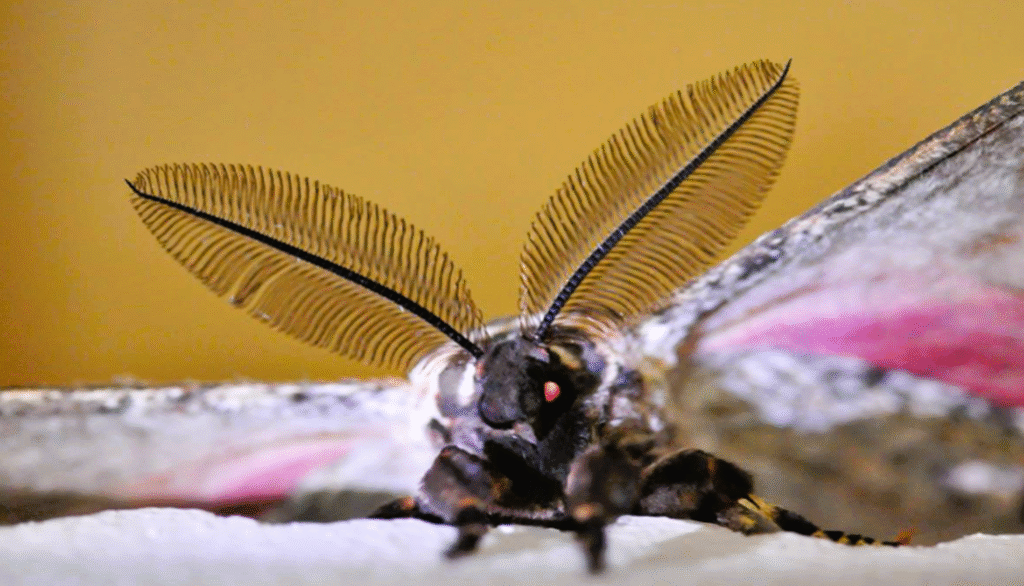
The park’s smaller animals are also fascinating. Dung beetles are strong and fun to watch as they roll balls of dung. Butterflies bring brilliant hues to the landscape. Termite mounds are a distinctive feature that supports ecosystems. These critters represent the park’s biodiversity.
Best Ways to Spot Wildlife
The best way to see animals is by going on a game drive. Guided safaris provide expert information and increase observation opportunities. Self-drive options offer greater flexibility when visiting Kruger National Park. Walking safaris bring people closer to the finer details. Night drives reveal species that are rarely seen during the daytime.
Seasonal Wildlife Patterns
Animal behavior changes with the seasons. In the dry season, animals gather near water. During the wet season, animals disperse as the flora thrives. Newborn animals and migratory birds keep the summer months interesting.
Conservation and Protection

Kruger National Park is very important for protecting wildlife. It is a sanctuary for endangered species such as rhinos and wild canines. Anti-poaching activities protect the park’s valuable fauna. Visitors’ fees support conservation and community projects.
Why Kruger National Park Stands Out
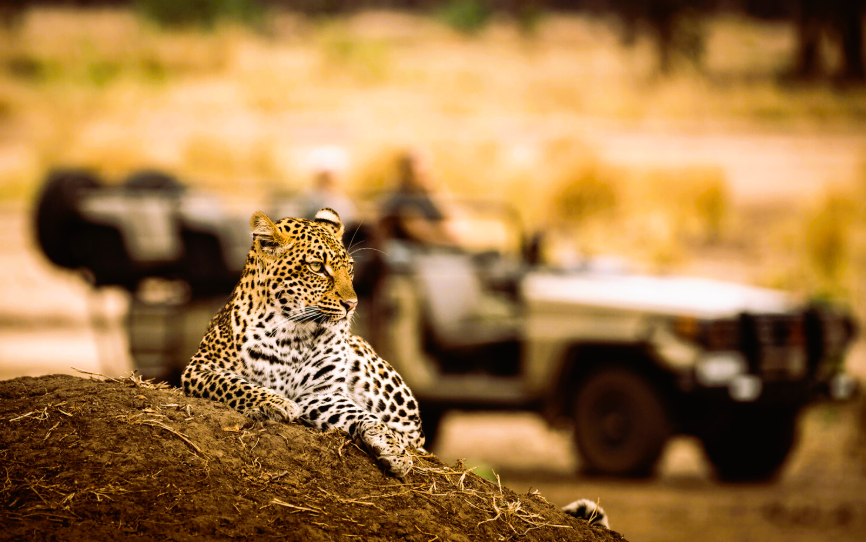
Very few places have as many animals and birds as Kruger National Park does. Its range of species and ecosystems is unparalleled. Whether it’s a first-time safari or a return visit, the park amazes every time.
FAQ’s
What animals can I see in Kruger National Park?
Are there specific areas to see certain animals?
When is the best time to see wildlife?
Can I see rare animals in Kruger National Park?
Are night safaris worth it for wildlife viewing?
What should I bring for a wildlife safari?

